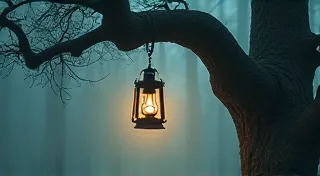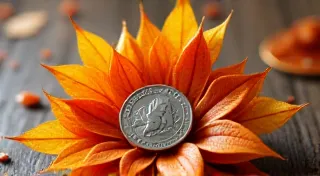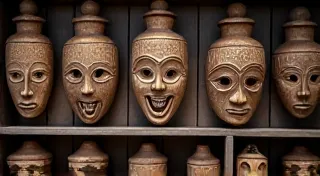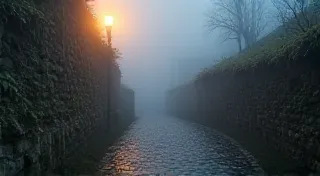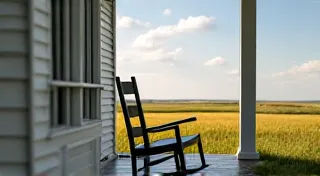The Silent Storytellers: Unraveling the Symbolism Embedded in Cast Iron Toy Figures
There's a quiet dignity to antique cast iron toys. Holding one – a fire truck with its ladder permanently raised, a sturdy horse-drawn carriage, a jovial clown – isn't merely grasping metal; it’s touching a fragment of history, a whispered echo of a childhood long past. These weren't just playthings; they were miniature landscapes of aspiration, reflecting societal values, cultural anxieties, and the burgeoning industrial spirit of the late 19th and early 20th centuries. Beyond the chipped paint and the patina of age, they tell silent stories, narratives woven into their design that we, as collectors and appreciators, can begin to unravel.
My grandfather, a quiet man of few words, possessed a small collection of these toys. I remember, as a boy, spending hours sifting through them in his dusty attic. The fire engines, always red, felt imbued with a heroic quality, representing bravery and community service – virtues that resonated deeply with his generation, scarred by hardship and perpetually striving for progress. He’s gone now, but the memory of those hours, the feel of the cool metal in my hand, and the imagined adventures they sparked, remain intensely vivid.
The Industrial Age and the Rise of Cast Iron Toys
The boom in cast iron toy production began in the 1880s, coinciding with the rise of American industrialization. Mass production techniques made cast iron relatively inexpensive, opening up a new market for toys that were previously luxury items reserved for the wealthy. Companies like J.C. Stevens, Hubley, Kenton, and Whitmore established themselves as leading manufacturers, each developing distinct styles and characterizations. The popularity of these toys reflects a fascinating intersection of progress and nostalgia. The burgeoning industrial world was exciting, filled with new technologies and opportunities, but the values of rural America – family, community, and hard work – remained deeply cherished.
Consider the prevalence of horse-drawn vehicles. While the automobile was beginning to gain traction, the horse remained an integral part of daily life. Toy carriages, farm wagons, and stagecoaches weren't merely representations of transportation; they were symbols of a simpler, more agrarian past, an idealized version of a disappearing way of life. These toys allowed children – and, perhaps, adults yearning for a connection to those values – to participate in that romanticized narrative.
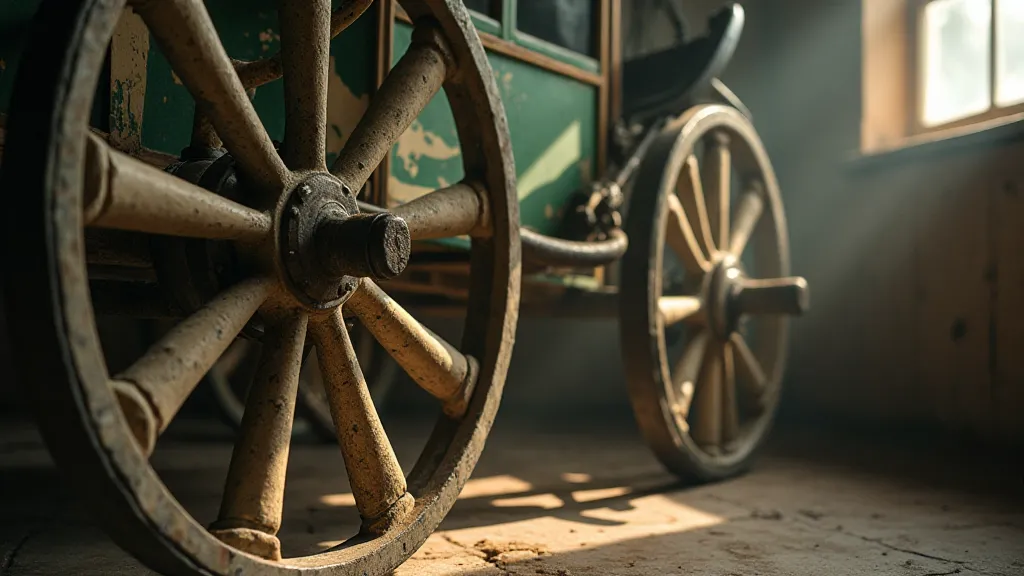
Decoding the Characters: More Than Just Playmates
The characters themselves often carry symbolic weight. Cowboys, a relatively new figure in the American consciousness during the late 19th century, represented rugged individualism, bravery, and a romanticized version of the frontier. These toys reflected the nation's ongoing efforts to tame the West and assert its dominance. The popularity of military figures – soldiers, sailors, and cavalrymen – mirrored a growing sense of national pride and a fascination with military power. Clowns, seemingly whimsical and lighthearted, often represent a coping mechanism for societal anxieties. Their exaggerated features and sometimes melancholic expressions may have subtly reflected the challenges of a rapidly changing world.
Even the choice of colors wasn’t arbitrary. Red, as mentioned, signified bravery and heroism, frequently used for fire engines and other vehicles associated with public service. Green often represented nature, agriculture, and a connection to the countryside. Blue, particularly in military uniforms, conveyed authority and trustworthiness. Analyzing these recurring color palettes provides another layer of insight into the cultural context of these toys.
The Subtle Craftsmanship and its Silent Messages
Beyond the overarching themes, it’s worth examining the craftsmanship itself. The details—the tiny rivets on a fire engine’s ladder, the carefully sculpted mane of a horse, the expressive face of a clown—demonstrate the pride and skill of the artisans who created these toys. These weren't mass-produced commodities in the modern sense; they were the product of dedicated labor, a tangible expression of human creativity and ingenuity. The slight imperfections, the tiny variations in the casting—these aren't flaws; they are testaments to the hand-made nature of these objects, adding to their charm and uniqueness.
Interestingly, the level of detail often reflected the target demographic. Toys intended for younger children tended to be simpler in design, while those aimed at older children and collectors often boasted more elaborate features and intricate details. This reflects a growing awareness of the psychological needs of children and the burgeoning market for collectible items.
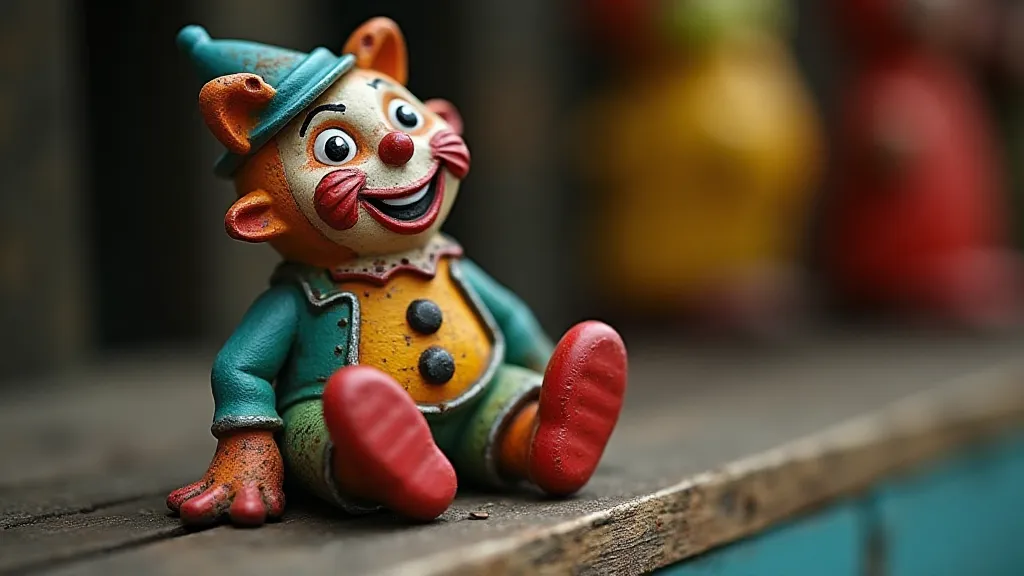
Restoration and Preservation: Honoring the Storytellers
When considering restoration, it’s crucial to approach these toys with respect for their history. Aggressive cleaning or repainting can erase the patina of age, obliterating the very evidence that tells their story. A gentle cleaning to remove dirt and grime, and perhaps a simple touch-up of chipped paint, is often the best course of action. The goal isn's to make them look brand new, but to stabilize their condition and preserve their authenticity. The imperfections – the scratches, the faded paint, the slight warping – are all part of their unique character.
Collecting cast iron toys isn’t merely an exercise in acquiring objects; it’s a journey into the past, a way to connect with the values and aspirations of previous generations. Each toy is a tangible link to a world that has vanished, a world that can be rediscovered through careful observation and thoughtful consideration.
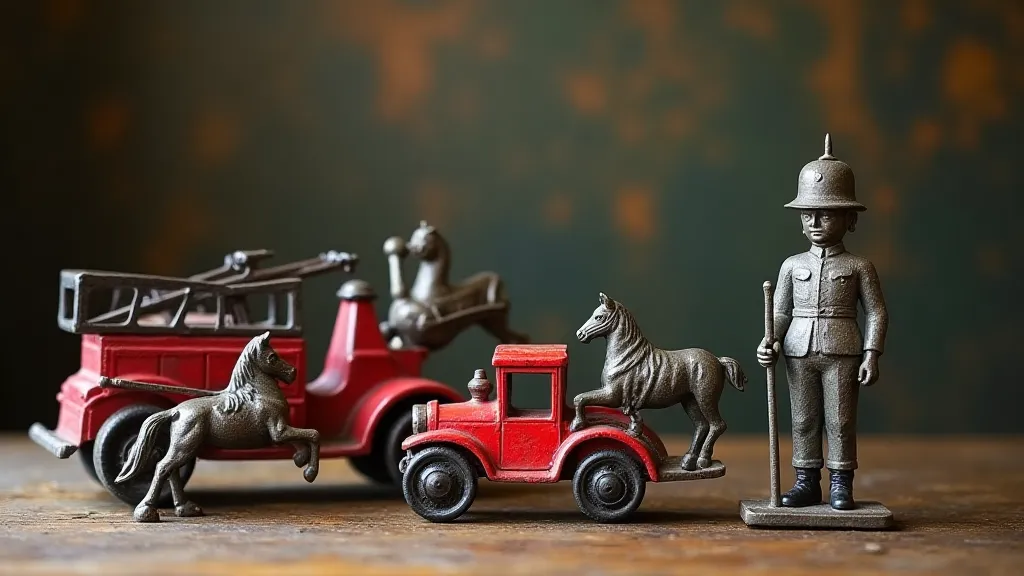
My grandfather’s toys, now carefully stored, represent more than just a childhood memory; they are a tangible reminder of his values and the enduring power of storytelling. And as I handle them, I can almost hear their silent narratives – tales of bravery, resilience, and the unwavering pursuit of a better world. They are truly, the silent storytellers of a bygone era.
